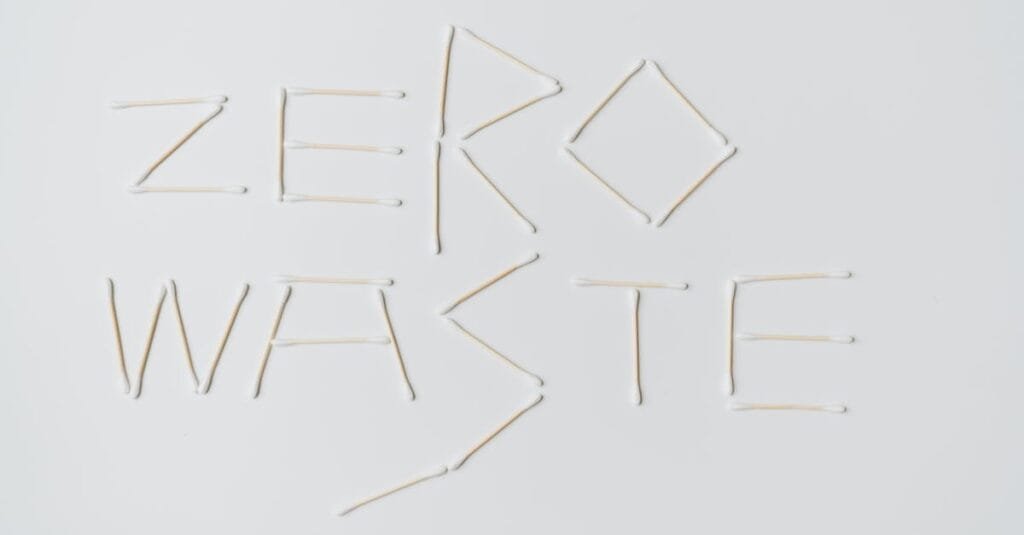Ah, reducing wastage in shared services—sounds serious, right? But hey, let’s take a step back. Picture this: a busy finance team running around like they’re in some sort of human obstacle course, dodging tasks and trying not to trip over piles of paperwork. It’s chaotic, it’s loud… but it doesn’t have to be!
So, let’s dive into this idea of streamlining success. It’s like when you decide to clean out your closet—suddenly, you realize you’ve been hoarding those pants from 2003 and that sweater you swear you’ll wear someday. Time to let go, folks! And similarly, in shared services transformation, we need to identify and eliminate the waste that slows things down—okay, side note, adjectives like “transformative” are overused. Let’s make it snappier, shall we?
Unpacking the Wastage: What’s Bogging Us Down?
Have you ever stood in the breakroom watching someone pour half a cup of coffee and toss it out? (Cringe-worthy!) This little gesture reflects a bigger picture. In shared services, wastage can show up in a million different forms—think about redundant processes. An extra step here, a confusing form there. You know, that kind of stuff that makes you mutter under your breath, “Why, oh why?”
Let’s say a team spends hours each week feeding data into a system— a manual input-to-output situation. I mean, why are we doing things the hard way? Automate it! That’s your golden ticket to process optimization. It’s like using a microwave when you could’ve been stuck boiling water—sure, it works, but time is precious, right?
Stories from the Trenches: Real Life Shared Services Transformation
Speaking of time, here’s a quick story. A friend of mine (let’s call him Tom) works in shared services. He recently discovered that his department was operating an outdated ticketing system. It’s like using a rotary phone in 2023! He initiated getting a new platform. Boom—suddenly, processes change, efficiency skyrockets (seriously, like a rocket, not just a gentle lift-off). Now Tom’s team can actually spend time strategizing instead of sifting through archaic systems.
So, what did Tom’s team do?
- Streamlined processes : Cutting down unnecessary steps.
- Automated repetitive tasks: Wave goodbye to those mind-numbing manual entries!
- Regular reviews: Like constantly checking that closet—because things change.
And guess what? Wastage went down like the temperature of a soda left out in the sun.
Making Change Feel Right at Home
Change is weird, isn’t it? One day you’re comfortable, and the next you’re asked to throw everything into a blender. But for shared services transformation to truly stick, it’s about making the new processes feel like they belong. It’s like moving to a new place—at first, everything feels foreign, but gradually it becomes home.
Encourage a culture that embraces change—get team buy-in through discussions, workshops, maybe even a fun brainstorming party? Nobody wants to feel like they’re being thrust into a strange new world without a safety net.
By slowly introducing shifts, you weave your new way of working into the very fabric of the team.
- Involve everyone: From associates to specialists.
- Training: Sure, it sounds drab, but make it interactive!
- Feedback loops: How do people feel about the changes? Helpful? An absolute downer?
The Bottom Line: Wastage Isn’t Just About Numbers
Hold on, before we wrap this cozy chat, let’s not forget—reducing wastage in shared services isn’t a checklist item. It’s about crafting an environment where teamwork flourishes and workflows hum. It’s holistic (fancy word alert!) and involves mindset shifts, cultural adaptations, and yes—technology that can help, rather than hinder.
Ultimately, taking steps to decrease inefficiency means greater satisfaction. Giving employees the tools to thrive creates a ripple effect throughout the organization, leading to happier clients, higher productivity, and that sweet, sweet feeling of success. Isn’t that what we all want?
So, look around. What’s your version of the half cup of coffee? Are there quirks in your team’s workflow that just don’t add up? Time to chat, rethink, and—well, transform.
And who knows, maybe next time you grab a coffee, you’ll think of this little chat. Cheers to productivity!


